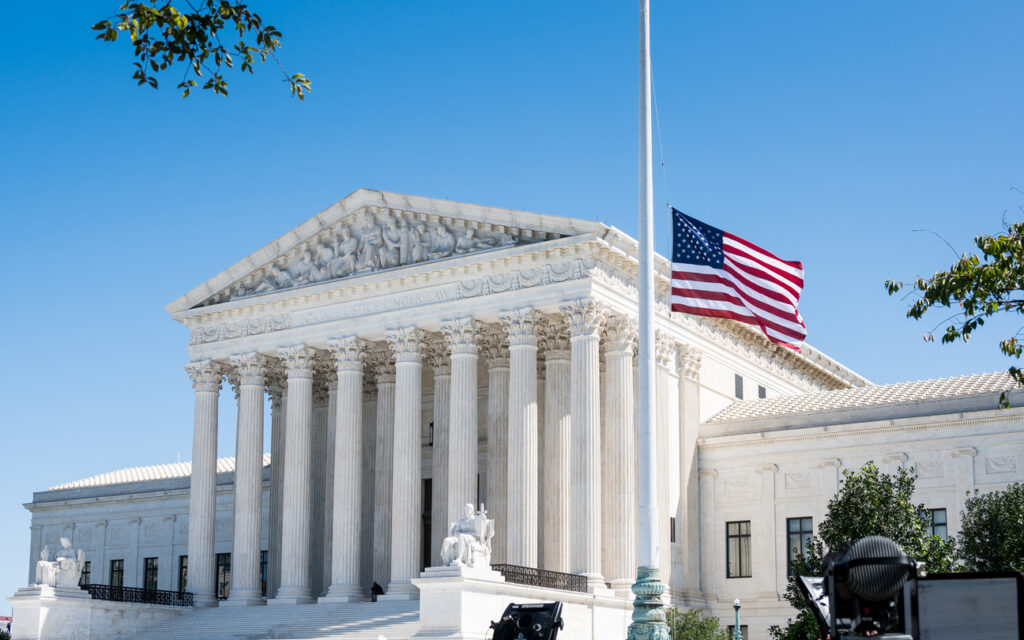
The legal landscape surrounding abortion in the United States has become increasingly complex and fraught with confusion, especially following the Supreme Court’s Dobbs decision which overturned federal abortion protections. This has left a patchwork of state laws that vary widely in their definitions and allowances for when abortions can be performed, particularly concerning emergencies that threaten the mother’s life.
A Varying Spectrum of State Laws
In the wake of the Dobbs decision, each state has crafted its own regulations regarding abortion, with all including at least some provision to protect a mother’s life. However, what one state considers a life-threatening condition may not qualify in another, leading to significant discrepancies in care across state lines. Even within the same state, hospitals and doctors may interpret identical cases differently, adding another layer of unpredictability to critical medical care.
The Challenge for Medical Professionals
Doctors are finding themselves in precarious positions due to the vagueness and variability of these laws. Many physicians are calling on state officials for clearer guidelines on when they can legally perform abortions to save a woman’s life without facing legal repercussions. This uncertainty forces many healthcare providers to wait until a patient’s condition significantly worsens before acting, out of fear of legal consequences.
For instance, Dr. Nisha Verma, an OB-GYN in Georgia, expresses the difficulty of navigating these murky waters, “It’s often unclear when in that continuum we can intervene. … I know how to decide with my patient at that moment, taking in their specific situation, but what does the attorney general or some politician intend?” This sentiment underscores the dilemma facing many medical professionals who feel compelled to prioritize legal considerations over immediate patient care.
Political and Legal Responses
The issue has garnered attention at the highest levels of government and law. The Supreme Court is currently reviewing a case that centers on the clash between Idaho’s near-total abortion ban and federal laws that mandate hospitals to provide necessary treatments, including abortions, in medical emergencies. The outcome of this case is anticipated to set a precedent that could influence other states with similar bans.
Furthermore, the Biden administration has highlighted cases of women denied abortions despite severe health complications, using these instances to illustrate the “legal and medical chaos” resulting from the Dobbs decision. In contrast, former President Donald Trump views the matter as one that should be decided by individual states, even as debates about federal abortion restrictions continue among his allies.
The Impact on Patients
The real-world impact of these legal ambiguities is profound. Many women have suffered unnecessarily, their conditions worsening as they wait for medical intervention that is delayed due to legal fears. Stories of patients being turned away or having to endure worsening symptoms until qualifying for the legal definition of an “emergency” are becoming distressingly common.
The Push for Clearer Guidelines
Some states have begun to address these issues by implementing measures to clarify when doctors can perform abortions in emergencies. For example, South Dakota produced a video to guide medical professionals, and the Texas Medical Board proposed draft rules to better define a “medical emergency.”
Despite these efforts, many doctors remain skeptical that such measures will alleviate their concerns. The potential for criminal charges looms large, and without the freedom to exercise their medical judgment without fear, the healthcare provided may remain suboptimal.
Conclusion
As the United States grapples with the complexities of abortion legislation post-Dobbs, the medical community continues to navigate a challenging and often contradictory legal landscape. The need for clear, scientifically grounded guidelines is critical to ensure that both physicians can provide and patients can receive appropriate care in life-threatening situations. The ongoing legal debates and state-level adjustments likely indicate that this issue will remain at the forefront of medical and political discourse for the foreseeable future, as each case continues to define the boundaries of health care practice in America.











